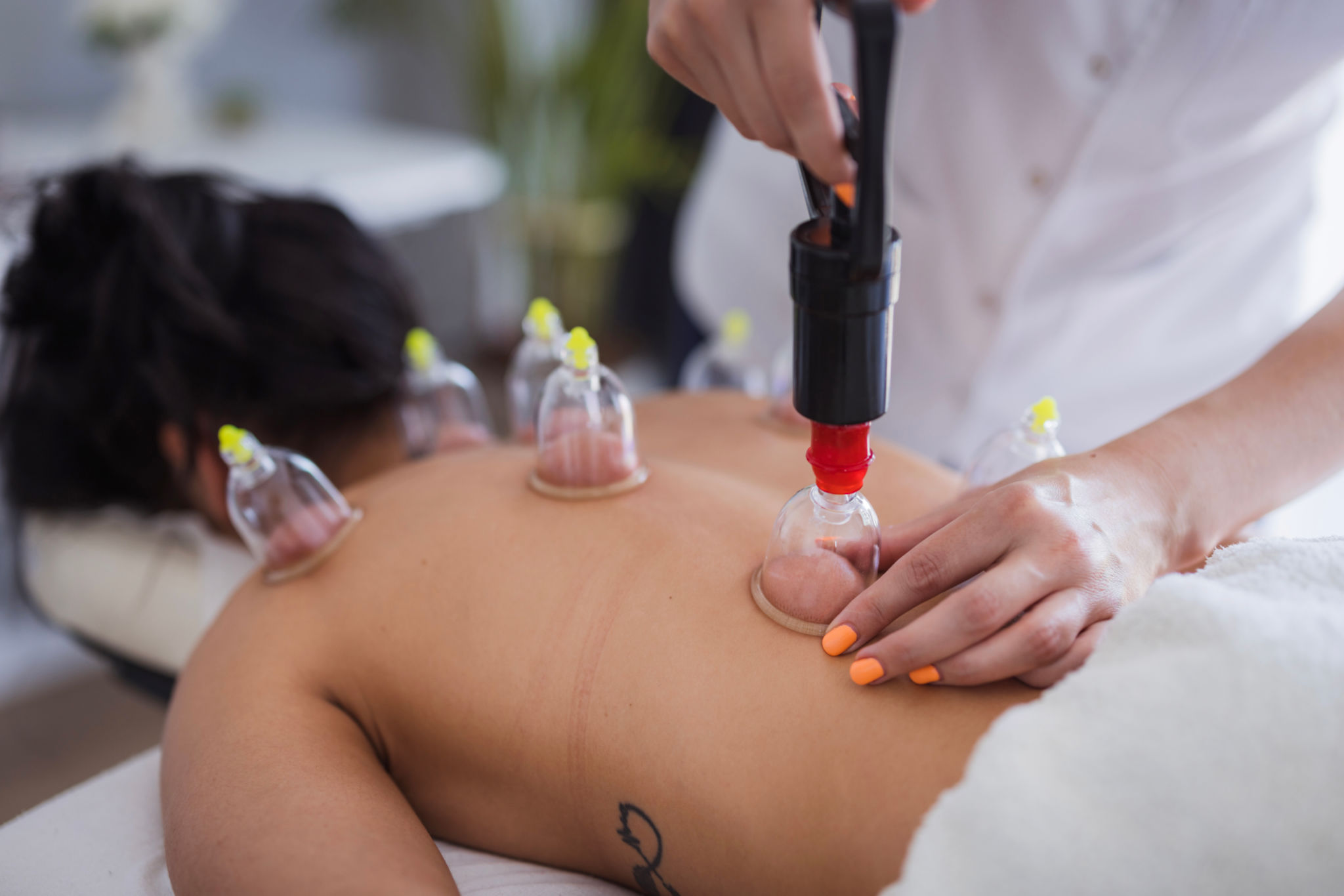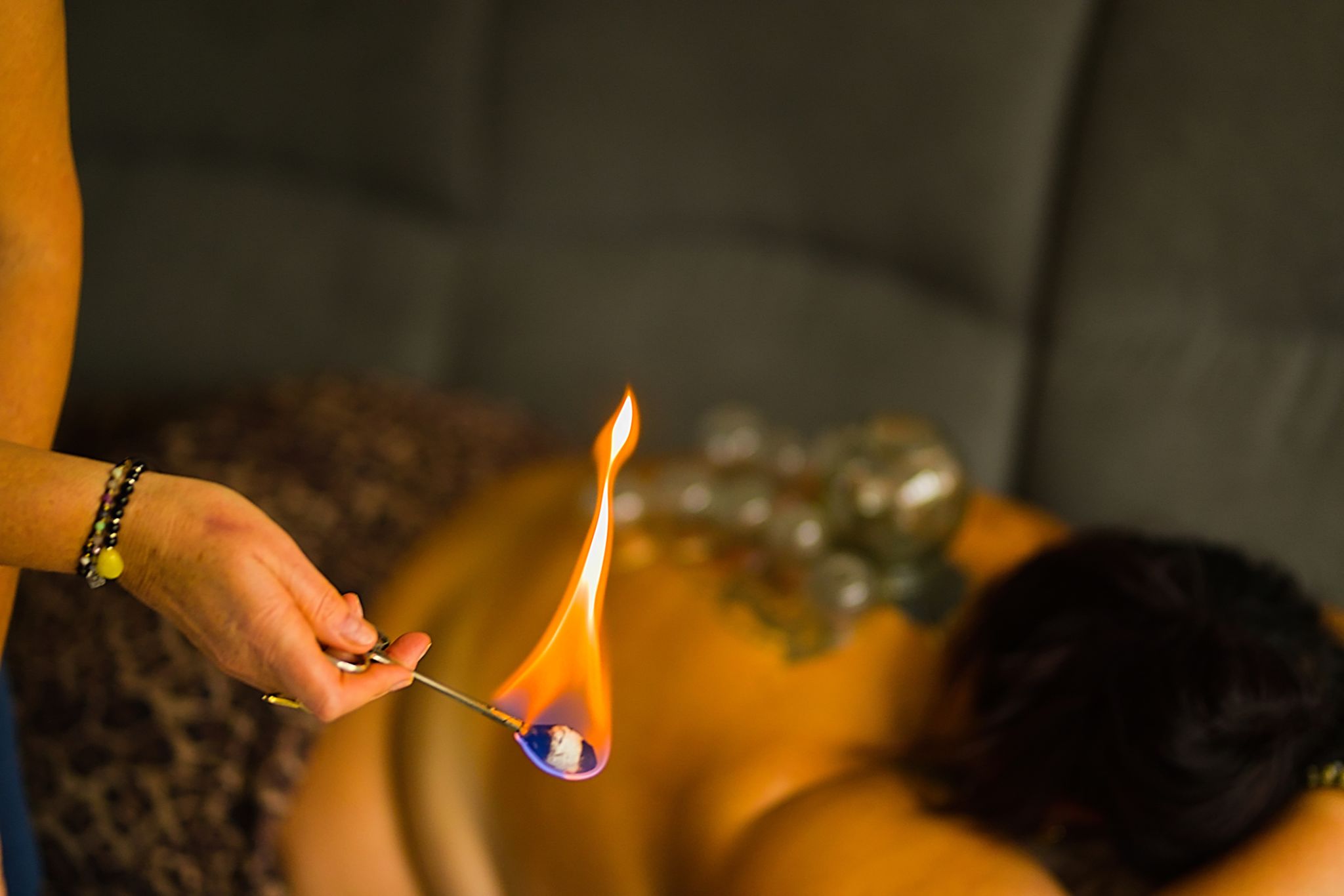Understanding Cupping Therapy: A Beginner's Guide
Introduction to Cupping Therapy
Cupping therapy has gained popularity in recent years, yet it is an ancient practice with roots in traditional Chinese and Middle Eastern medicines. This therapeutic technique involves placing cups on the skin to create suction, which is believed to promote healing and improve blood flow. For those new to this practice, understanding its basics, benefits, and what to expect can help in deciding if it's the right choice for you.

How Does Cupping Work?
The process begins with a therapist placing special cups on your skin for a few minutes to create suction. This suction can be created using heat or mechanical devices. The negative pressure draws the skin and superficial muscle layer into the cup, which can help release tension, increase circulation, and promote relaxation.
There are two main types of cupping: dry and wet. Dry cupping involves only the application of suction, while wet cupping includes a small incision to draw out a tiny amount of blood, believed to remove toxins from the body.
Benefits of Cupping Therapy
Cupping is often used to relieve pain and inflammation, improve blood flow, and as a type of deep-tissue massage. Some studies suggest that it can also help with conditions such as chronic pain, sports injuries, and even anxiety. The therapy's focus on enhancing circulation can lead to a general sense of wellbeing and relaxation.

What to Expect During a Session
A typical cupping session can last anywhere from 10 to 30 minutes. When the cups are applied, you may feel a tight sensation as the suction is created. This can be mildly uncomfortable at first, but many people find it relaxing after a few minutes. Sessions often leave temporary circular marks on the skin where the cups were placed, which typically fade within a week.
Is Cupping Right for You?
Cupping therapy is generally considered safe when performed by a trained professional. However, it may not be suitable for everyone. Individuals with certain health conditions, such as skin disorders or those who bleed easily, should consult with a healthcare provider before trying cupping. Pregnant individuals and those with specific medical conditions should also seek professional guidance.

Finding a Qualified Practitioner
To ensure a safe and effective cupping experience, it is important to seek out a qualified practitioner. Look for therapists who are certified in traditional Chinese medicine or those who specialize in cupping therapy. Reading reviews and asking for recommendations can also help in finding a reputable practitioner.
Conclusion
Cupping therapy offers an intriguing blend of ancient tradition and modern wellness trends. Whether you're dealing with chronic pain, stress, or simply seeking a new way to improve your overall health, cupping might be worth considering. As always, consult with healthcare professionals to determine if this therapy aligns with your personal health goals.
